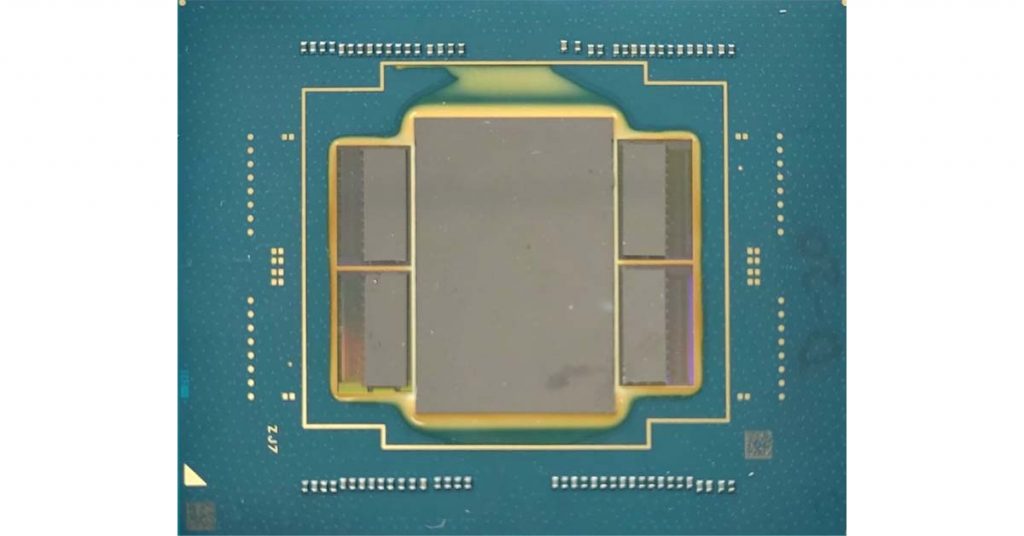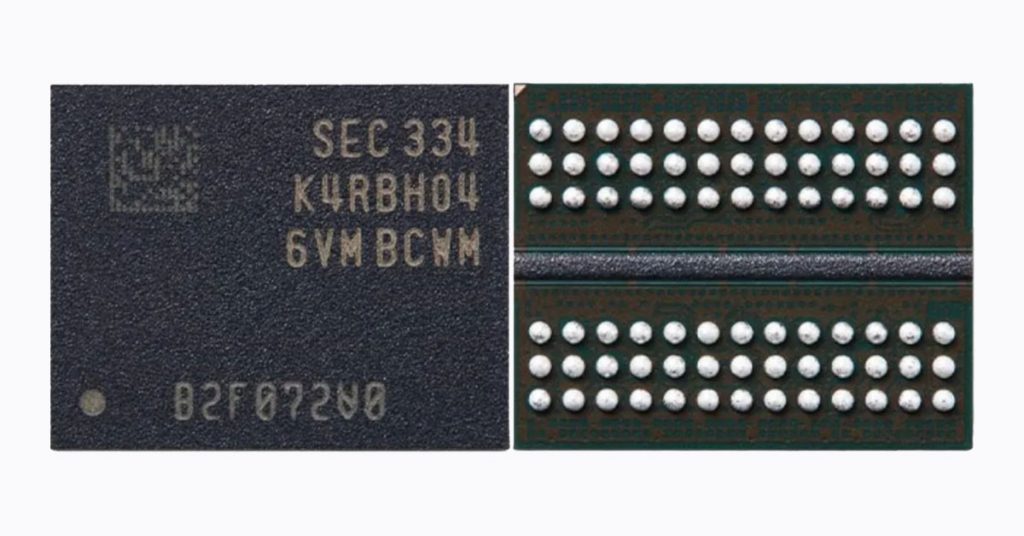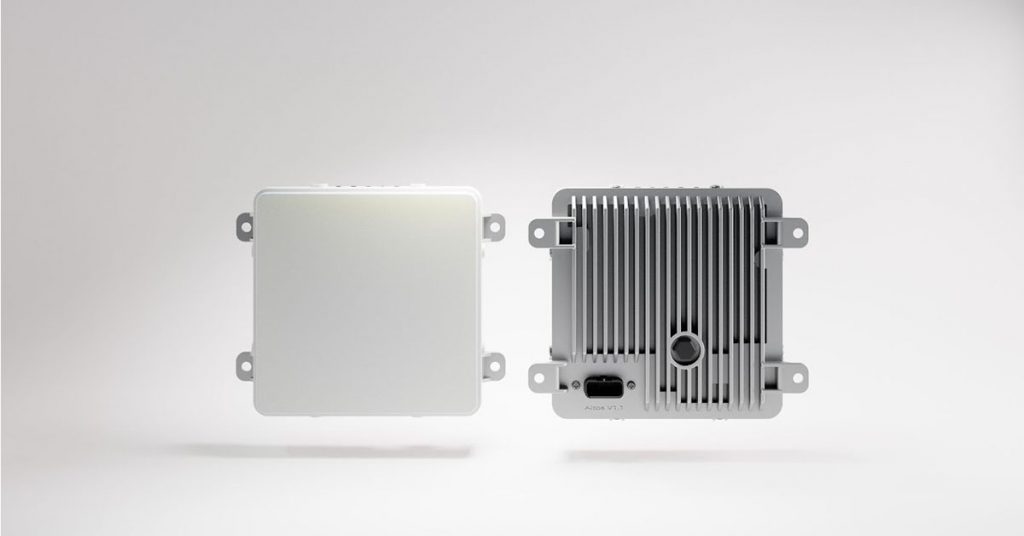According to a job posting seeking a Principal Program Manager to lead Microsoft’s nuclear energy strategy, the company believes that next-generation nuclear reactors have the potential to provide power for its data centers and support its AI initiatives.
Data centers are substantial consumers of electricity, and this poses a challenge to Microsoft’s environmental objectives unless it can identify clean energy sources. The energy demands of AI exacerbate this challenge, as evidenced by its prominence in Microsoft’s recent Surface event.
Nuclear energy is appealing because it does not generate greenhouse gas emissions. However, it does raise concerns about radioactive waste management and the establishment of a uranium supply chain. The role of nuclear energy in addressing climate change remains a contentious topic, but Microsoft co-founder Bill Gates has long been an advocate of this technology.
The latest job posting strongly suggests that Microsoft is placing its bets on advanced nuclear reactors as a solution. The job listing seeks someone to take the lead on “project initiatives for all aspects of nuclear energy infrastructure for global growth.”
Microsoft is particularly interested in finding someone who can formulate a strategy for implementing small modular reactors (SMRs). The current buzz around nuclear technology centers on these next-generation reactors. Unlike their older, larger predecessors, SMRs are designed to be more straightforward and cost-effective to construct. To put it in perspective, the most recent large nuclear reactor built in the United States only became operational this summer, coming in at roughly $17 billion over budget after seven years of delays.
In January, the US Nuclear Regulatory Commission granted certification to an SMR design for the first time, allowing utilities to select this design when applying for a new power plant license. This development could potentially mark a new era for nuclear energy.
Nevertheless, Microsoft faces some challenges if it intends to rely on SMRs to power the data centers hosting its cloud and AI services. SMRs require a higher quantity of highly enriched uranium fuel, referred to as HALEU, compared to conventional reactors. To date, Russia has been the primary supplier of HALEU globally. Efforts are underway in the United States to establish a domestic uranium supply chain, a move that has met resistance from communities near uranium mines and mills. Additionally, there remains the question of nuclear waste management, as even a fleet of SMRs can generate significant amounts of waste, and the US is still working on long-term storage solutions.
Microsoft did not provide answers to inquiries from The Verge regarding its strategies for next-generation nuclear technology and how it intends to address the associated challenges. Notably, Microsoft’s co-founder and TerraPower’s founder and chairman, Bill Gates, has a connection to the development of small modular reactor (SMR) designs through TerraPower. However, TerraPower clarified that it currently has no agreements in place to supply reactors to Microsoft, as reported by CNBC. Microsoft has already secured an arrangement to purchase clean energy credits from Ontario Power Generation, a Canadian utility slated to deploy an SMR in North America, as detailed by Axios. The initial report on the job listing was initially brought to attention by DCD, a website that focuses on content related to data centers.
Furthermore, Microsoft has ventured into a groundbreaking agreement to procure electricity from Helion, a company actively developing an even more advanced fusion power plant. Unlike traditional nuclear reactors and SMR designs, which rely on nuclear fission (the splitting of atoms) to generate electricity, nuclear fusion involves the fusion of atoms, akin to how stars produce energy. A fusion reactor represents a coveted goal—an abundant, clean energy source with reduced radioactive waste compared to nuclear fission. However, despite decades of research and recent advancements, most experts anticipate that a fusion power plant remains at least several decades away from realization. Given the urgency of addressing climate change, such a long-term timeline is not viable.
Notably, Helion counts among its backers Sam Altman, the CEO of OpenAI and the developer behind ChatGPT. Microsoft has recently expanded its “multiyear, multibillion dollar investment” in OpenAI, and last week, it revealed plans to incorporate OpenAI’s DALL-E 3 image generator into Bing Chat. Microsoft’s Chair and CEO, Satya Nadella, emphasized the company’s commitment to assisting customers in achieving more with fewer resources today while also fostering innovation for the future in the era of AI, as indicated in the job listing for a nuclear technology principal program manager









